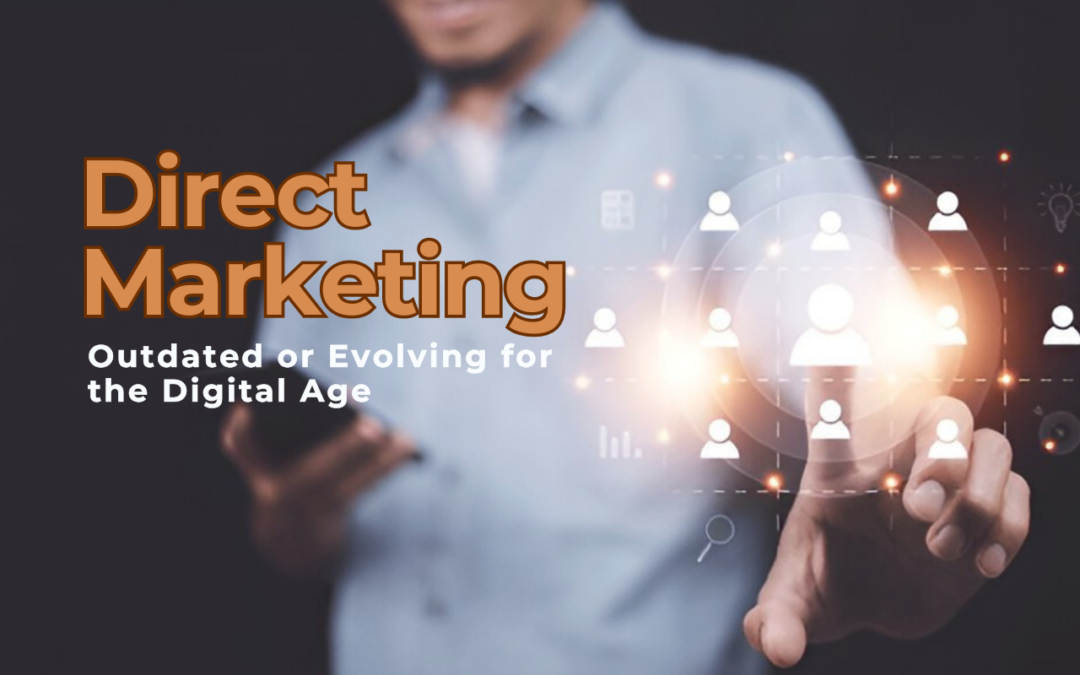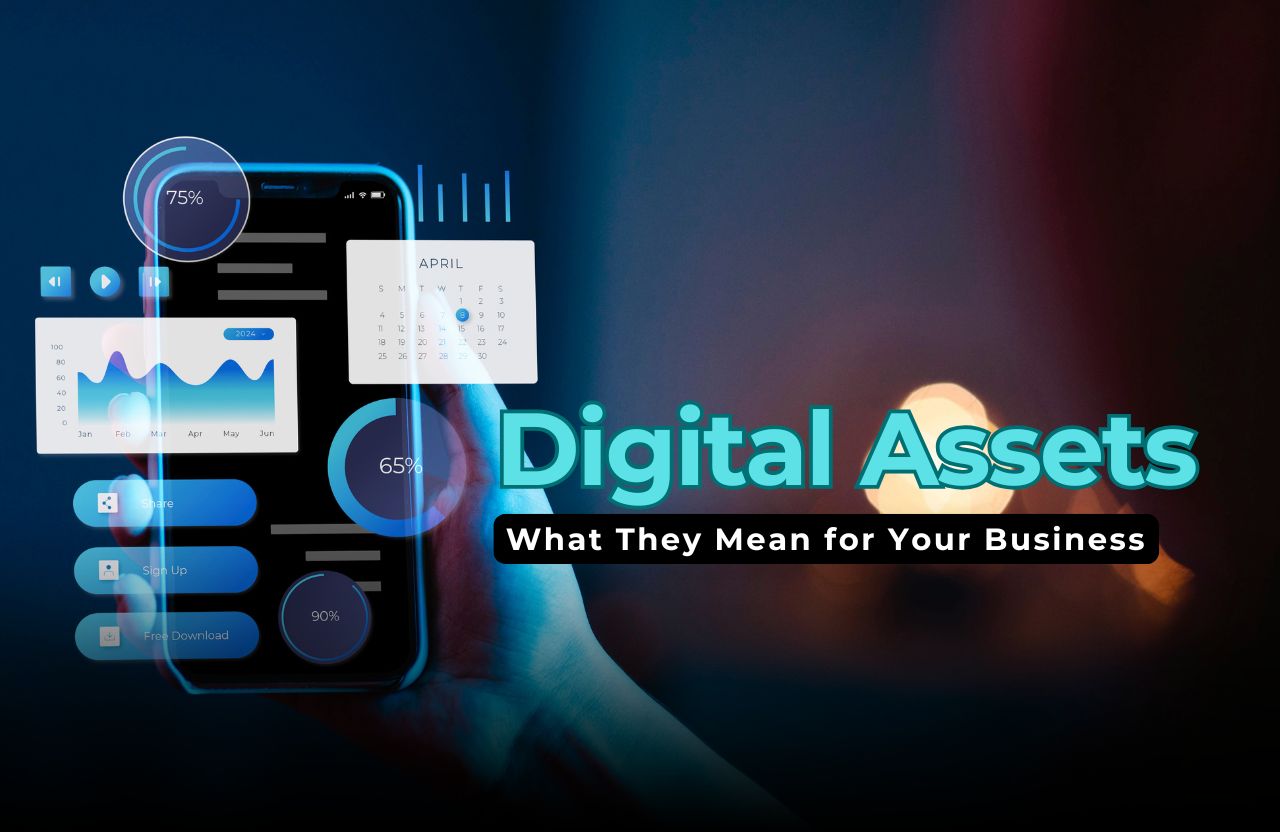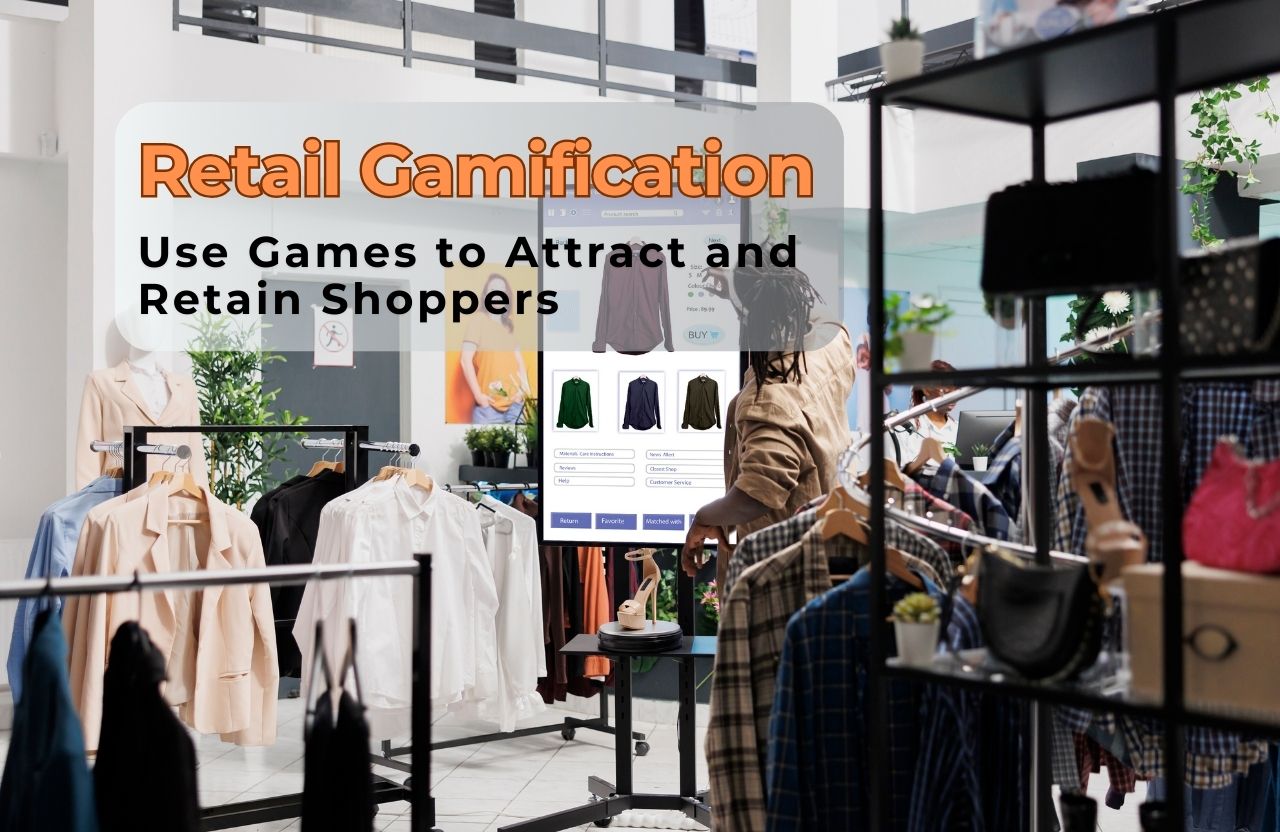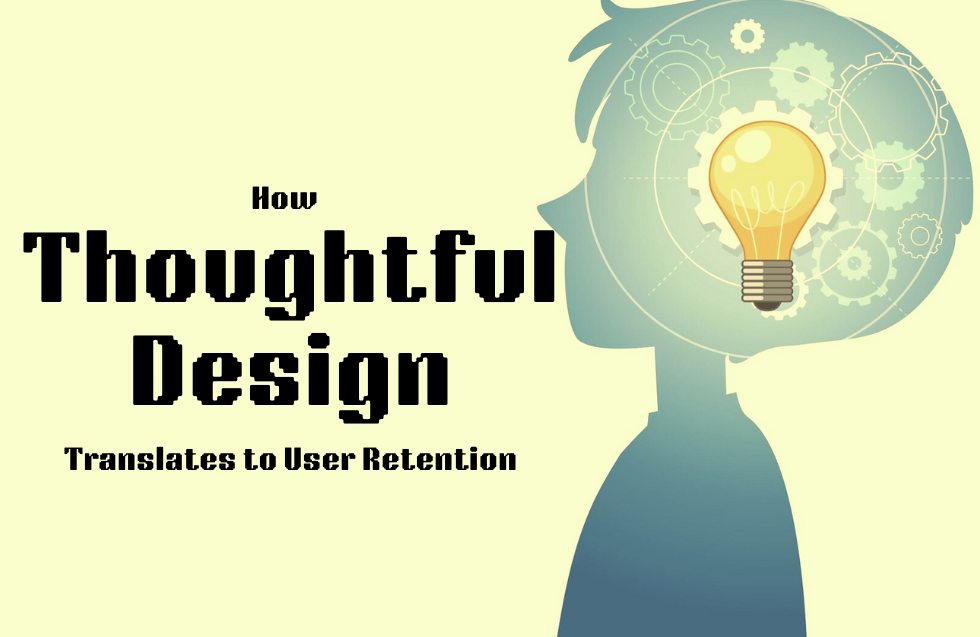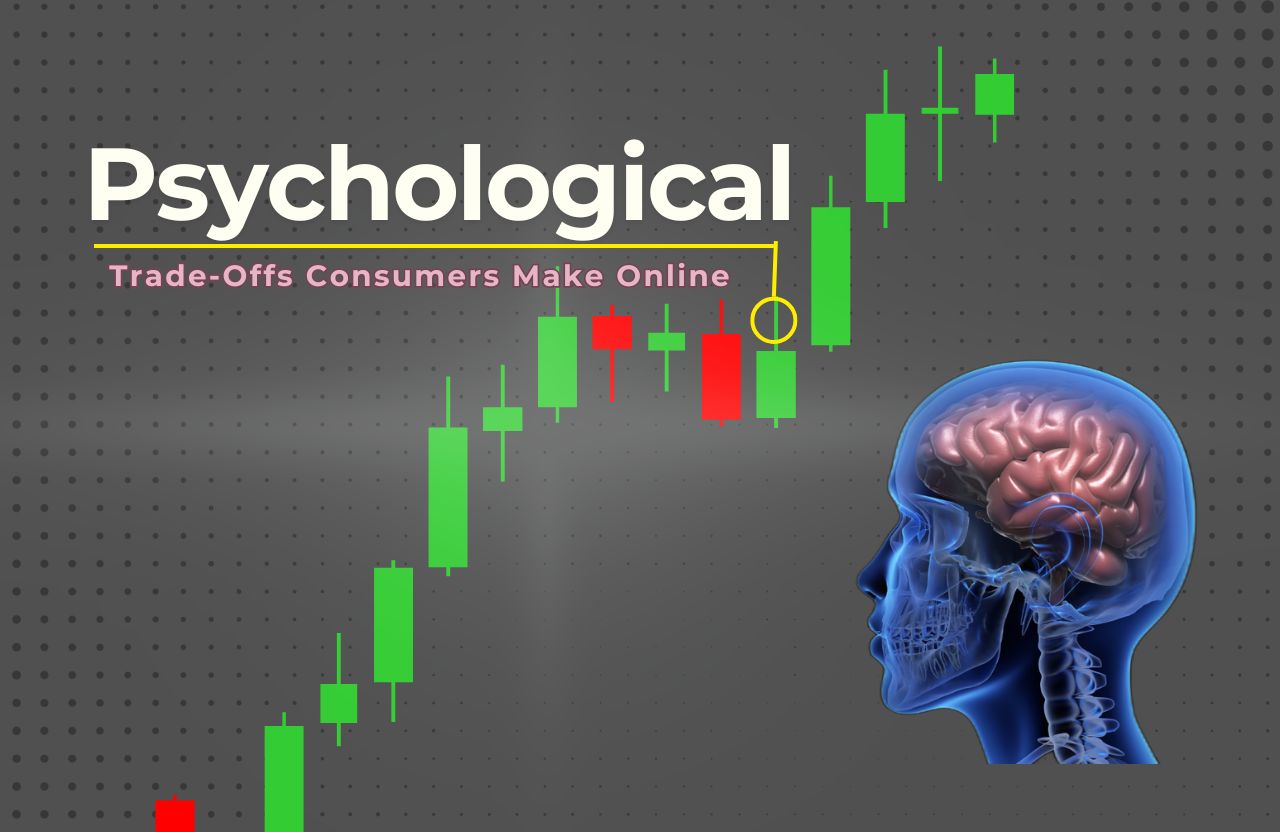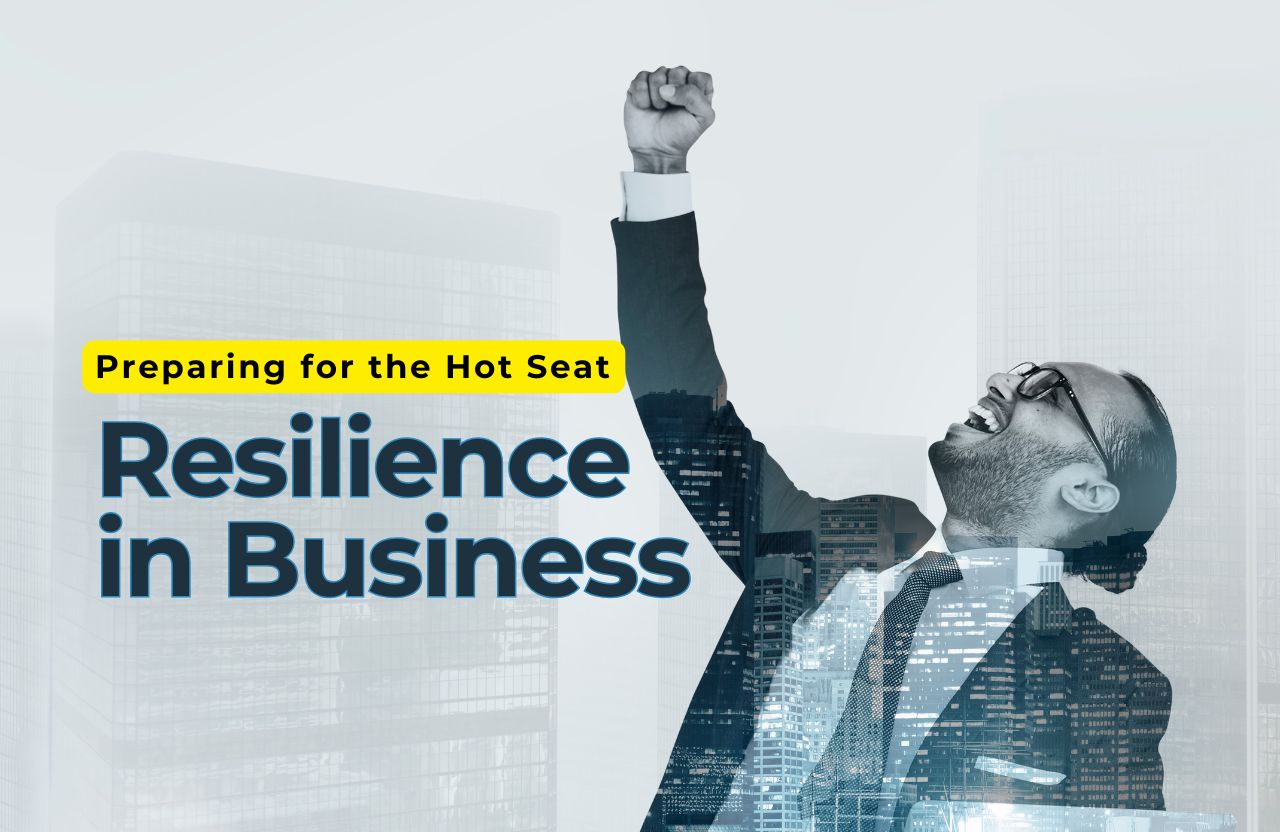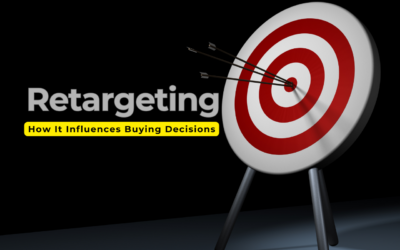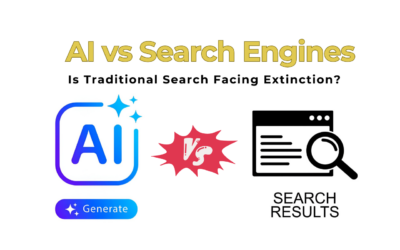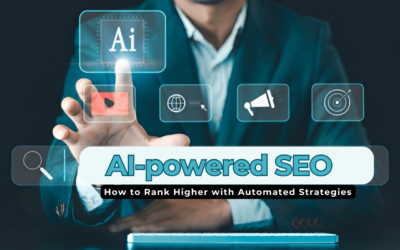Direct marketing has been a cornerstone of business growth for decades. From door-to-door sales and cold calls to direct mail campaigns, businesses have long relied on this strategy to engage with potential customers. However, in 2025, the marketing landscape is drastically different. The rise of digital technology, AI-driven personalization, and changing consumer behavior have reshaped the way businesses approach direct marketing.
So, is direct marketing outdated, or is it evolving to fit the digital age? Let’s explore how direct marketing has transformed, its relevance in today’s hyper-digital world, and what businesses need to do to stay ahead.
Understanding Direct Marketing in 2025
Direct marketing refers to a form of advertising where businesses communicate directly with consumers without intermediaries. It includes email marketing, SMS campaigns, direct mail, telemarketing, social media outreach, and personalized digital ads.
The Evolution of Direct Marketing:
- Traditional Methods: Flyers, telemarketing, TV infomercials, cold calling, and door-to-door sales.
- Digital Transformation: Email marketing, SMS campaigns, personalized online ads, chatbots, AI-driven recommendations, and influencer marketing.
- Future-Forward Strategies: Hyper-personalization using AI, voice search optimization, blockchain-backed marketing, AR-driven engagement, and interactive shoppable content.
Why Some Say Direct Marketing is Outdated
Despite its long-standing effectiveness, critics argue that direct marketing is losing relevance. Here are some reasons why:
1. Consumer Fatigue & Privacy Concerns
With data breaches and an increasing focus on privacy laws like GDPR and CCPA, consumers are more protective of their personal information. Cold emails and intrusive calls can feel spammy and invasive.
2. Ad-Blocking & Email Filtering
Advanced spam filters, AI-powered email sorting, and ad-blocking technologies make it harder for traditional direct marketing messages to reach consumers.
3. Shift Towards Inbound Marketing
Consumers prefer inbound marketing strategies like content marketing, SEO, and social media engagement over direct sales pitches. They want to engage with brands on their terms.
4. Rise of AI & Automation
AI-driven marketing automation tools now handle personalized recommendations and customer interactions, making some traditional direct marketing efforts obsolete.
How Direct Marketing is Evolving in 2025
While traditional methods may be fading, direct marketing is far from dead. Instead, it has adapted to the digital landscape in innovative ways. Here’s how:
1. Hyper-Personalization with AI & Big Data
Today’s direct marketing is powered by data. AI analyzes consumer behavior, past purchases, and preferences to craft highly personalized messages. Instead of generic email blasts, brands now send tailor-made offers that feel intuitive and relevant.
Example: E-commerce brands use AI-powered recommendation engines to send personalized product suggestions based on browsing history.
2. Interactive & Immersive Experiences
Consumers in 2025 don’t just want promotions; they want engagement. Augmented reality (AR), virtual try-ons, and gamified marketing campaigns make direct marketing more interactive and fun.
Example: A beauty brand may send customers a direct mail piece with a QR code that leads to an AR-based makeup try-on experience.
3. Conversational Marketing via Chatbots & Voice Assistants
With voice search booming, brands now integrate chatbots and voice assistants into their direct marketing strategies. AI chatbots handle real-time customer interactions, answer queries, and guide users toward a purchase.
Example: An automated WhatsApp chatbot for a fashion brand helps customers browse collections, get recommendations, and complete purchases in a chat interface.
4. Omnichannel Direct Marketing
Modern direct marketing is no longer confined to one channel. Brands integrate email, SMS, social media DMs, push notifications, and personalized video messages to create seamless customer experiences.
Example: A hotel sends a follow-up SMS with a discount code to a customer who abandoned their online booking.
5. Blockchain-Powered Trust & Transparency
Consumers today want authenticity. Blockchain-backed marketing ensures transparency in data sharing, loyalty programs, and advertising.
Example: A subscription-based service uses blockchain to verify and reward customer referrals while ensuring data security.
6. Ethical & Permission-Based Marketing
In response to privacy concerns, businesses now use permission-based marketing. Instead of cold emailing, brands ask consumers to opt-in to receive exclusive deals, newsletters, and SMS alerts.
Example: Instead of purchasing email lists, brands encourage sign-ups through value-driven lead magnets like free e-books or webinars.
The Role of AI and Automation in Direct Marketing
Artificial Intelligence (AI) and automation have revolutionized direct marketing in the following ways:
- Predictive Analytics: AI predicts customer needs and behaviors, allowing businesses to send messages at the right time.
- Automated Drip Campaigns: Email and SMS campaigns are automatically triggered based on customer interactions.
- Sentiment Analysis: AI tools analyze social media comments, reviews, and messages to gauge customer sentiment and tailor responses accordingly.
- Smart Chatbots: AI chatbots provide instant customer support, recommend products, and even upsell or cross-sell.
Case Studies: Brands Excelling in Modern Direct Marketing
1. Amazon’s Personalized Recommendations
Amazon uses AI-driven direct marketing to send hyper-personalized product recommendations through email and push notifications, significantly increasing conversions.
2. Nike’s SMS & WhatsApp Engagement
Nike’s direct marketing strategy includes personalized SMS alerts and WhatsApp-based customer engagement, offering product drops and exclusive discounts to loyal customers.
3. Sephora’s AI Chatbot for Personalized Shopping
Sephora’s chatbot assists customers in finding products based on skin type, preferences, and past purchases, integrating direct marketing with AI-powered shopping assistance.
Future Trends in Direct Marketing
Looking ahead, direct marketing will continue evolving with new trends, including:
- Voice Commerce & AI-driven Recommendations: More purchases will happen via voice assistants like Alexa and Google Assistant.
- 5G-Powered Instant Engagement: Faster internet speeds will enhance real-time personalized messaging.
- AR & VR Direct Marketing Campaigns: Brands will use immersive marketing techniques for product trials.
- Sustainability & Ethical Branding: Eco-conscious consumers will demand ethical direct marketing practices.
- Decentralized Advertising Platforms: Blockchain will disrupt digital marketing by eliminating intermediaries.
Conclusion: Is Direct Marketing Dead or Thriving?
Direct marketing is not outdated—it is evolving. While old-school tactics like mass cold calling may no longer be effective, modern direct marketing leverages AI, personalization, automation, and ethical engagement to thrive in the digital age.
For businesses in 2025, the key to success lies in adapting direct marketing to changing consumer expectations. Personalization, transparency, and multi-channel strategies will define the future of direct marketing.
Final Takeaway:
Businesses that embrace data-driven, AI-powered, and permission-based direct marketing will not only survive but thrive in the digital era. The choice is simple—evolve or get left behind
